Weeds
MIDSUMMER LAWN PROBLEMS
It’s hot—surface of the Sun hot. So hot that in Utah a ten year old has brisk business selling ice cold beer from a folding table (actually, it’s just a clever marketing ploy to sell root beer, but that didn’t stop locals from calling the police on the savvy future business icon).
A healthy, thick lawn is your number one defense against weeds, pests, and disease which are a sign of nutrient imbalance or other soil problems. If your lawn is stressed and struggling, bare spots may be filling with crabgrass or other weeds, and pests may be crashing your lawn party and making a mess of your lawn.
If you’re out working the yard in hades, be sure to do it early in the morning or evening to avoid suffering heat stroke. Just like you, your lawn is likely suffering in this heatwave. Cool season grasses like rye, fescue, and bluegrass thrive in spring and fall and survive cold winters well but will especially struggle and may even go dormant in heat and humidity. On the other hand, warm-season grasses like Bermuda and zoysia love the heat. If you live in the north and have cool-season grasses, now is not the time to try to coax more green and growth from your grass with more fertilizers—spring and fall are the times for this. You should also take care in mowing—keep the length about 3” and the mower blades sharp. Be sure to water only in the morning and with about 1” per week. You can help keep all grass types green by increasing absorption of water and uptake of nutrients with healthier, pH-optimized soil.
WEEDS
It’s best to prevent weeds with proper care in the fall and spring, but … now that we’re sweat stains deep into the hot, dry days of summer, if your lawn is being invaded by weeds, you’ll want to remove them before they bloom and disperse hundreds of thousands of seed soldiers for next year. Deal with the current invaders by digging them out by the roots or nuking them with a post-emergent herbicide. If you go thermonuclear, only apply when temperatures will be below 85° for a few days. As with any chemical product, follow package instructions carefully, and only use if absolutely necessary—herbicides can affect surrounding plants and can pollute ground water when used improperly or in large quantities.
CRABGRASS
Many different types of weeds may drive you crazy, but this time of year, crabgrass is particularly invasive. Crabgrass is an annual that dies in the winter, and the seeds sprout again in the spring. Weeds such as this thrive in bare areas where the seeds can be exposed to direct sunlight to germinate. Since it is a grass rather than a broadleaf weed, any herbicide that will kill it, will also kill your lawn. If possible, dig the weeds out by their roots as soon as possible, since crabgrass will interfere with the surrounding lawn and spread, and be sure to use a pre-emergent herbicide in the fall and again in the spring.
HERBICIDE GLOSSARY
Here’s a glossary of terms to help you pick the correct herbicide:
- Corn Gluten is a natural corn-based pre-emergent herbicide that selectively targets broadleaf weeds.
- Combination Herbicides contain more than one post-emergent, nonselective herbicides (such as glyphosphate and imazapyr).
- Glyphosphate is a post-emergent, nonselective, systemic herbicide—kills any actively growing plants that it contacts. Use carefully for spot-treatment only. Grass killers are post-emergent, selective herbicides that target grasses. Note that Glyphosate has been identified as a possible carcinogen.
- Imazapyr is similar to glyphosate, but it breaks down very slowly so it will kill every plant it contacts and keep the ground sterile for up to one year.
- Nonselective herbicides kill any plant they contact and should be used for spot-treatment only.
- Post-Emergent herbicides kill growing plants by interrupting chemical processes such as photosynthesis, protein production, or root growth. Apply when the plant is actively growing and in the fall when plants are storing up nutrients in their roots to get the herbicide quickly sucked down into the roots.
- Pre-Emergent herbicides prevent seed germination so apply before weeds are growing—usually in the spring when soil temperature first gets above 50 degrees.
- Selective herbicides kill specific plants by targeting enzymes or other plant chemicals. Select the correct herbicide for either monocots (grasses or other strappy-leaf plants) or dicots (broadleaf plants).
- Total vegetation herbicides kill all plants and sterilize the ground for a certain period of time – use very carefully.
- Trifluralin is a pre-emergent, nonselective herbicide that will kill grass seeds as well as weed seeds. Use in established gardens only.
- Weed & Feed products typically contain 2,4-D or other post-emergent selective herbicides and are designed to selectively kill broadleaf weeds without harming grass. However, check the label to make sure it is safe for your type of lawn.
- Desiccant herbicide is nonselective (kills everything) and works by drying out the plants.
INSECTS & INFECTIONS
Drought-stressed summer lawns are also more susceptible to pests and fungal diseases. If insects, such as chinch bugs, cutworms, armyworms, sod webworms, fire ants, fleas, and mosquitos are bugging you, pick up the correct pesticide from your local garden center.
Grubs begin hatching in the lawn over late summer so begin applying grub control now if these are a problem in your area. For fungal diseases, such as powdery mildew and brown patch, apply fungicide if needed, and avoid watering in the evening to keep nighttime moisture at a minimum.

Weeds, insects, and disease are a signal that your grass is stressed. A healthy, thick lawn is the best prevention, and a healthy, thick lawn starts with healthy, fertile soil. So worry first about your lawn and soil and the weed war will be over before the battle begins.

